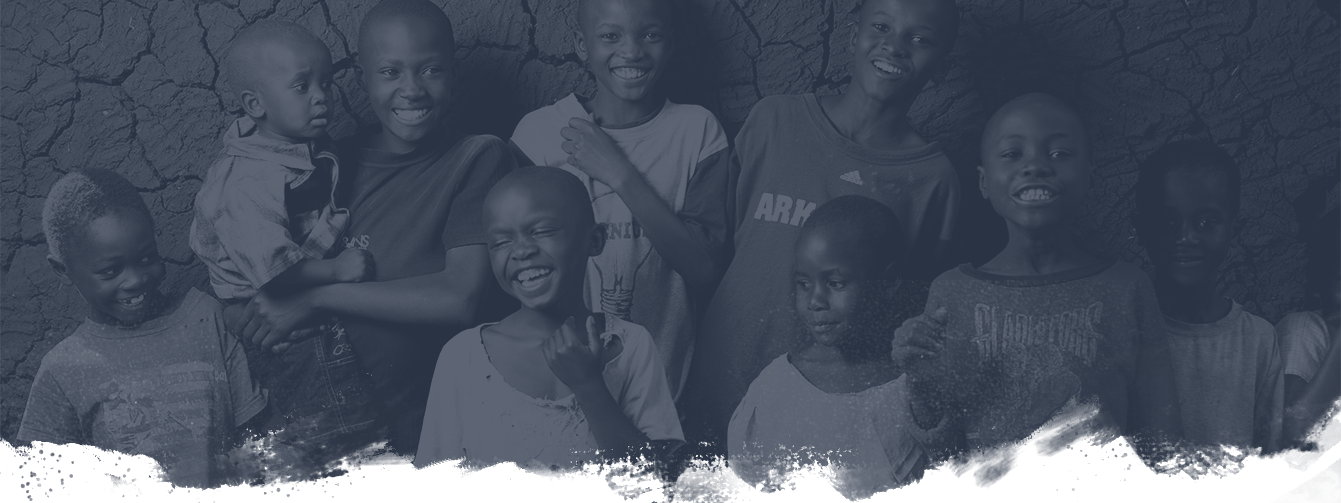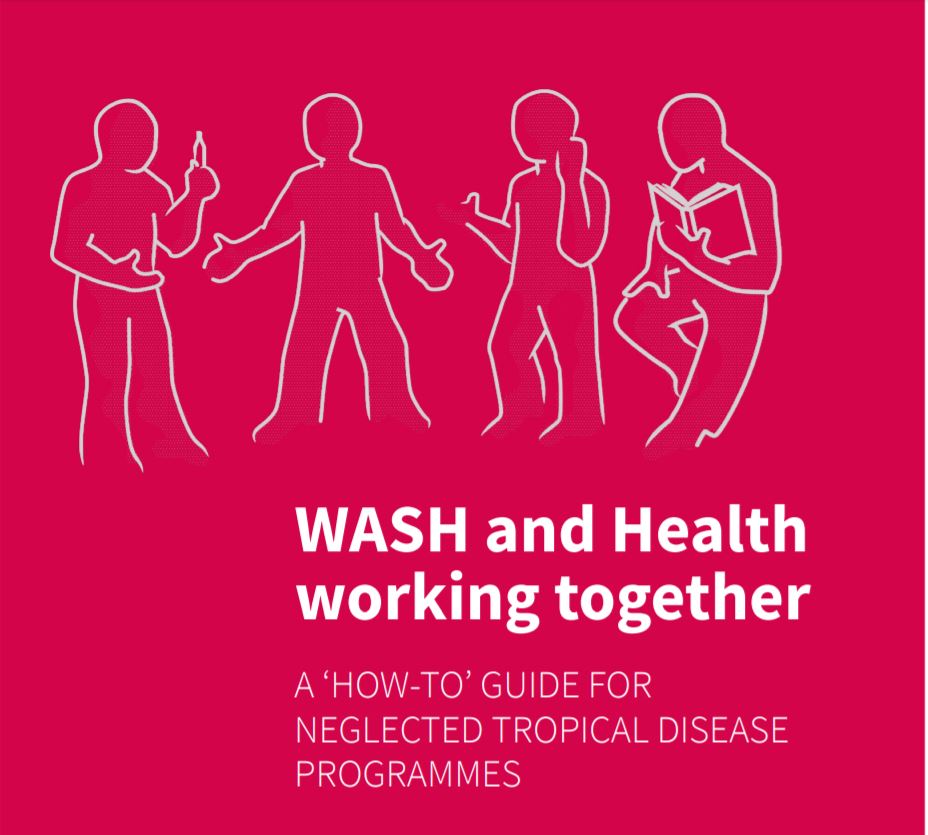
Aug 28, 2019
WASH and health working together: a how-to guide for NTD programs
This toolkit helps health programs work with the water, sanitation and hygiene (WASH) community. It provides a set of tools based on real-life examples of building partnerships, mobilising resources, and designing, implementing, and evaluating int...
Toolkits
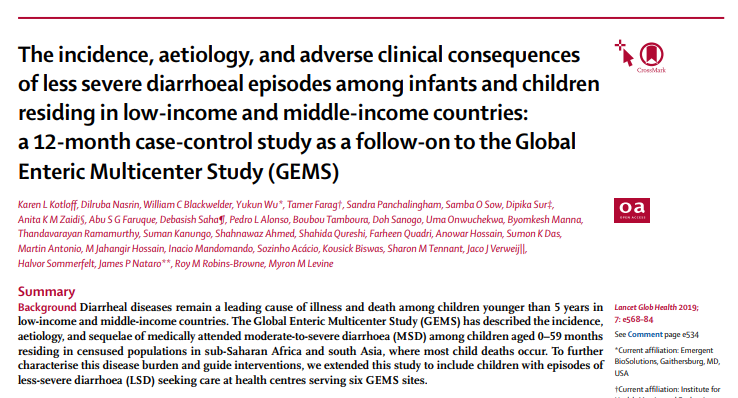
Jun 25, 2019
The incidence, aetiology, and adverse clinical consequences of less severe diarrhoeal episodes among infants and children residing in low-income and middle-income countries: a 12-month case-control study as a follow-on to GEMS
A new study in The Lancet Global Health, published alongside this commentary, summarizes a 12-month case-control study conducted as a follow-on to the Global Enteric Multicenter Study (GEMS).
Published Research
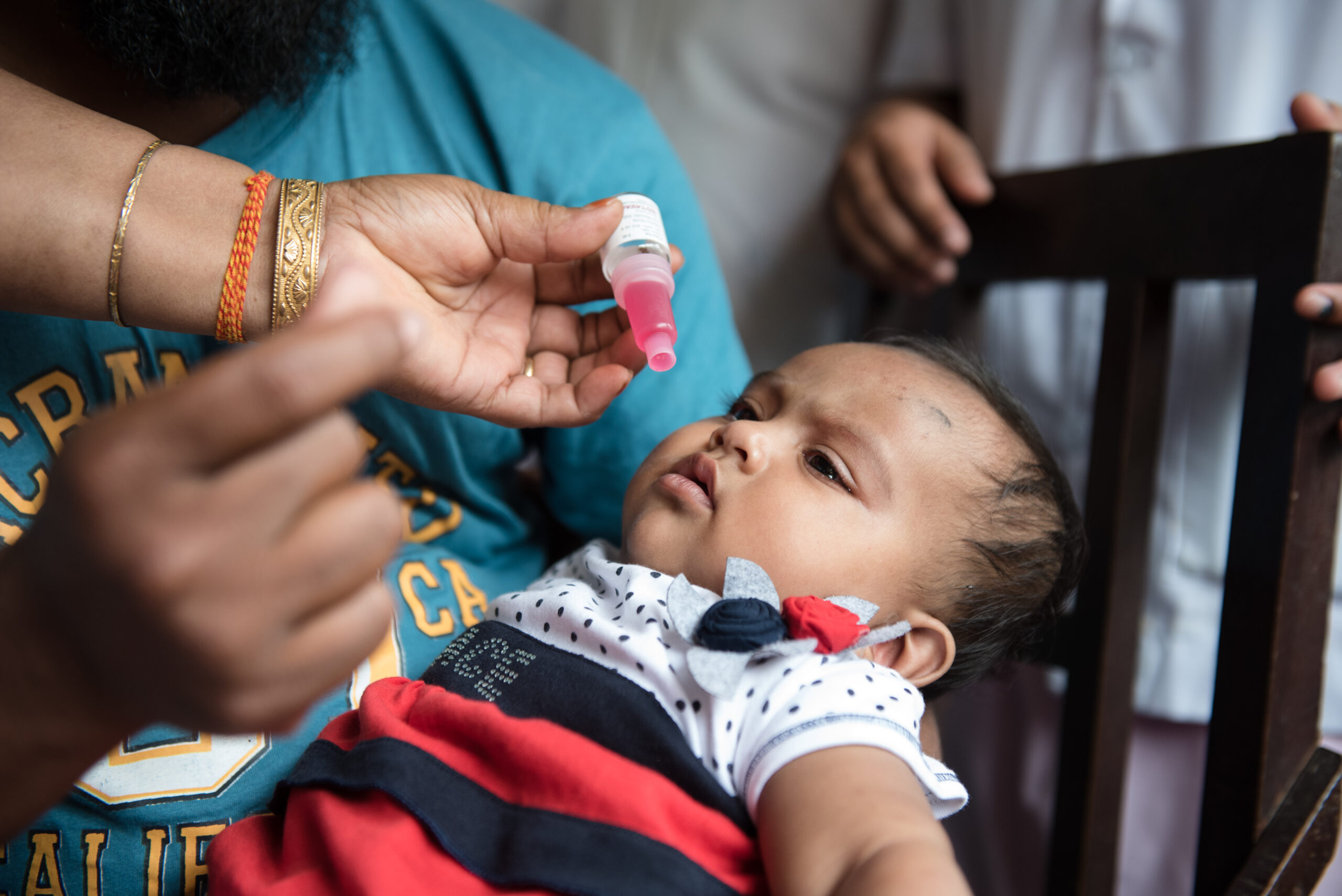
Apr 23, 2019
India-made rotavirus vaccine in action
ROTAVAC®, one of two India-made rotavirus vaccines, was first introduced in India in 2016. The country is scaling up these new domestically produced vaccines as part of routine childhood immunization against the deadliest form of diarrhea.
Photo Gallery
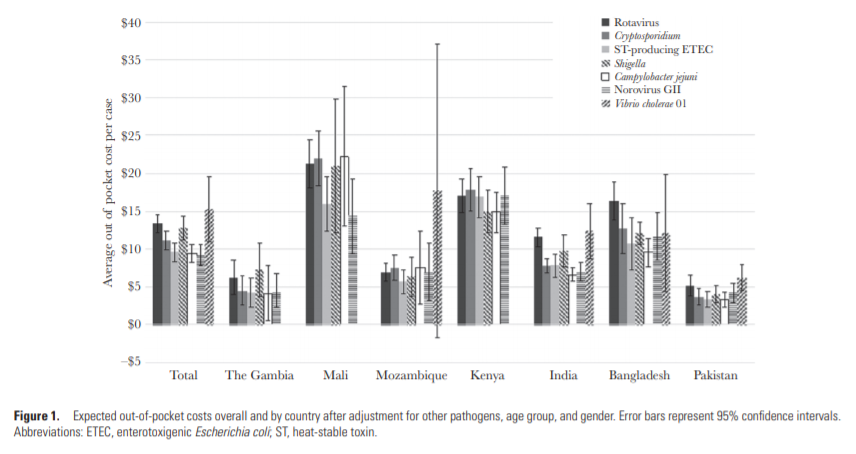
Apr 01, 2019
Household Costs of Diarrhea by Etiology in 7 Countries, The Global Enterics Mulitcenter Study (GEMS)
Childhood diarrhea can be caused by many different pathogens, and while there are many overlapping characteristics, infections can vary in severity, duration, clinical manifestations, and long-term consequences according to the causal pathogen. Thes...
Published Research
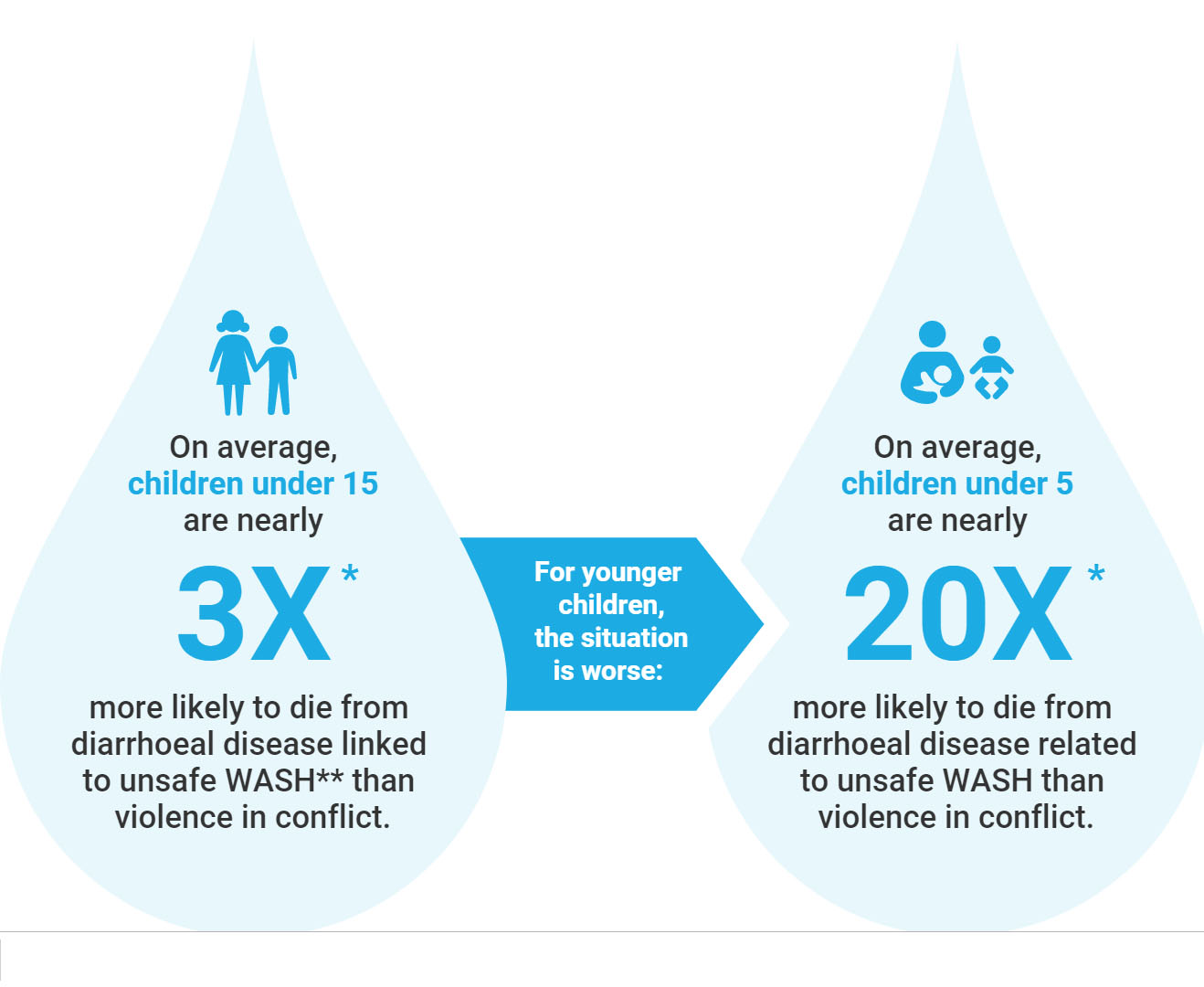
Mar 22, 2019
Water under fire: the role of water in conflicts around the world
Water Under Fire aims to generate popular public support to improve children’s access to water in crises and to galvanize action for UNICEF’s Change Agenda, which calls on governments, partners, and parties to conflict to:
Reports
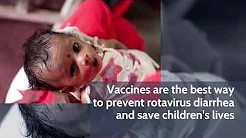
Mar 01, 2019
ROTAVAC: From research to reality
Learn more about how the science behind rotavirus became a reality through our video series!
Video
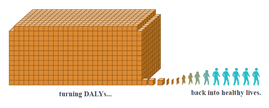
Mar 01, 2019
Cascading burden: revealing the hidden costs of ETEC and Shigella diarrhea
Stunting, malnutrition, and household finances are a few of the underappreciated consequences of repeated diarrhea infections. Vaccines against ETEC and Shigella, leading bacterial causes of diarrheal disease, are currently in development and hold gr...
Special Features
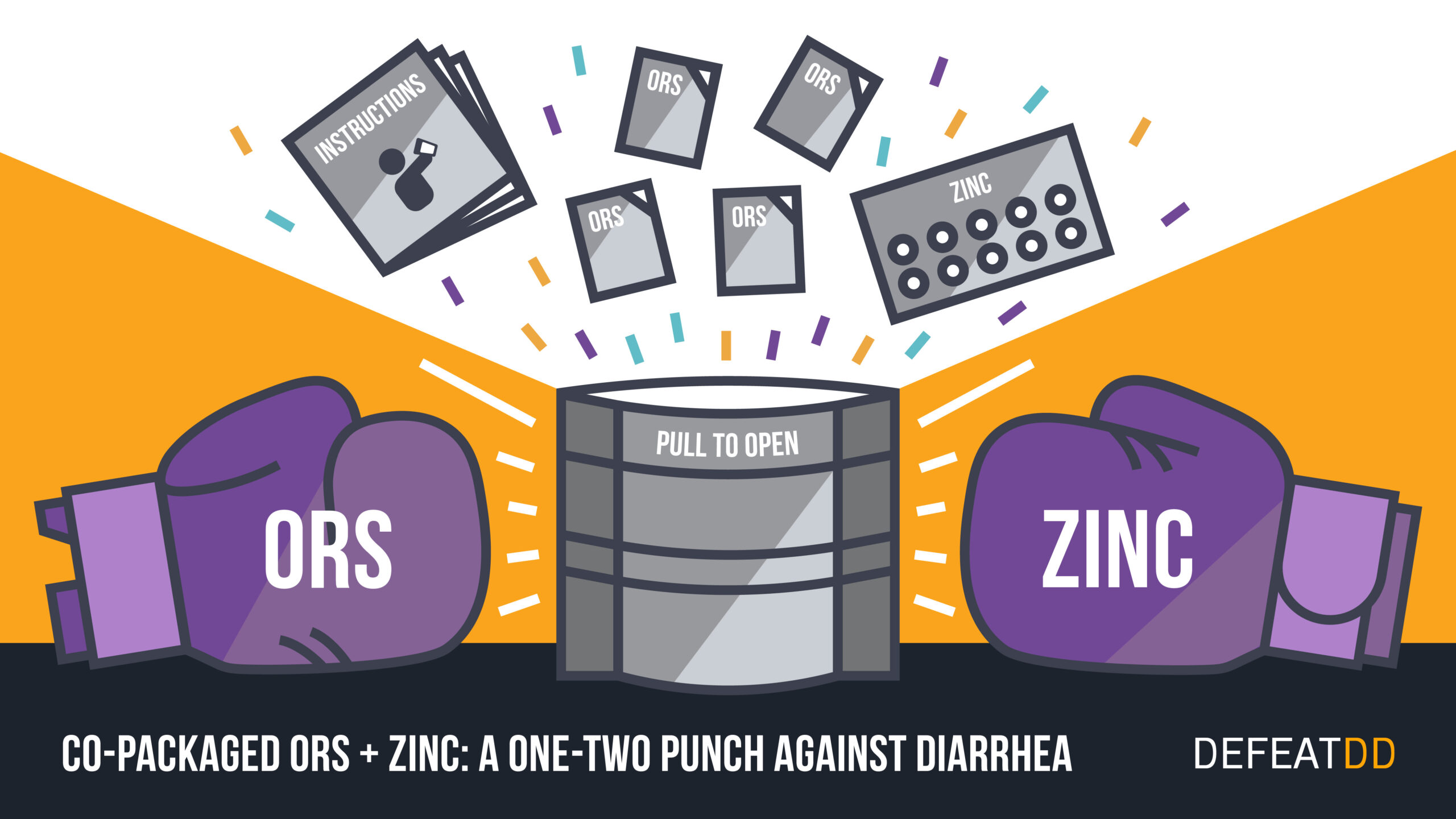
Feb 01, 2019
Oral rehydration solution (ORS) + zinc co-pack
In July 2019, the World Health Organization set the global norm to deploy a simple, powerful game-changer: the ORS + zinc co-pack.
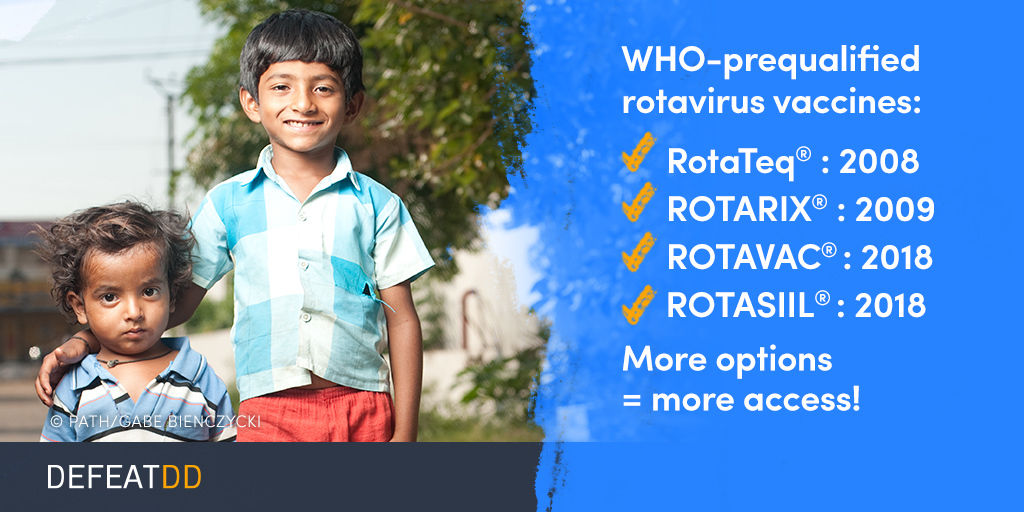
Sep 15, 2018
WHO-Prequalified rotavirus vaccines
Rotavirus is the leading cause of severe childhood diarrhea. It disproportionately burdens impoverished communities of Africa and Southeast Asia. But nearly every child in the world is at risk. Rotavirus infections cannot be treated with antibiotics ...
Graphics
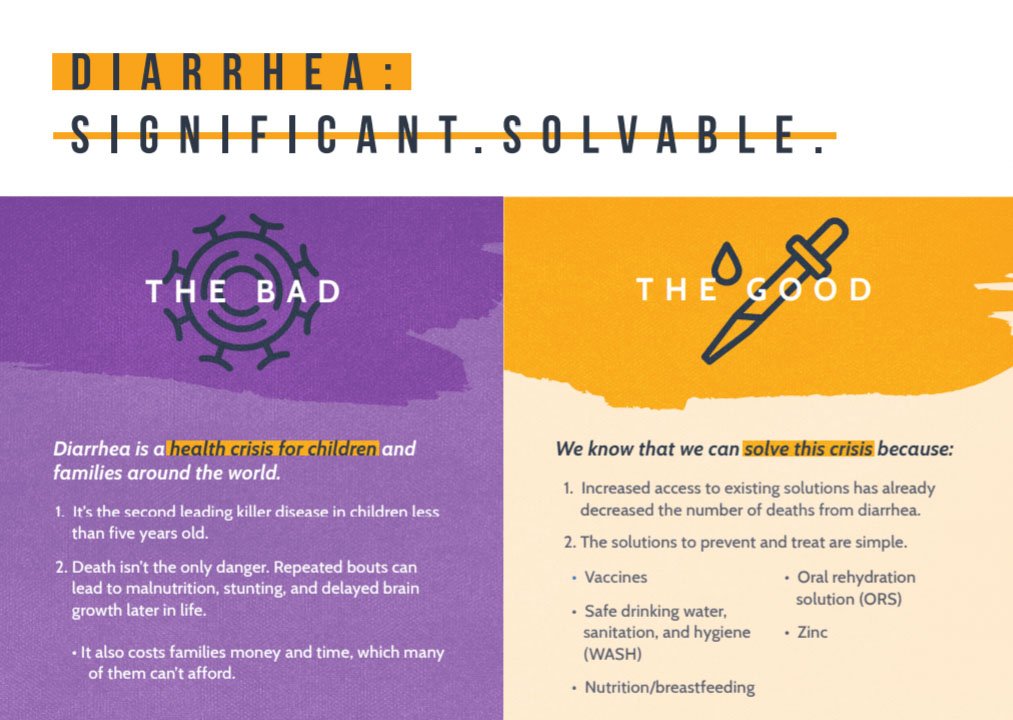
Sep 12, 2018
Diarrhea one-pager
Diarrhea: The good, the bad, and what you can do to help address this global crisis. Read the full message map, available in English and French.
Message Maps
